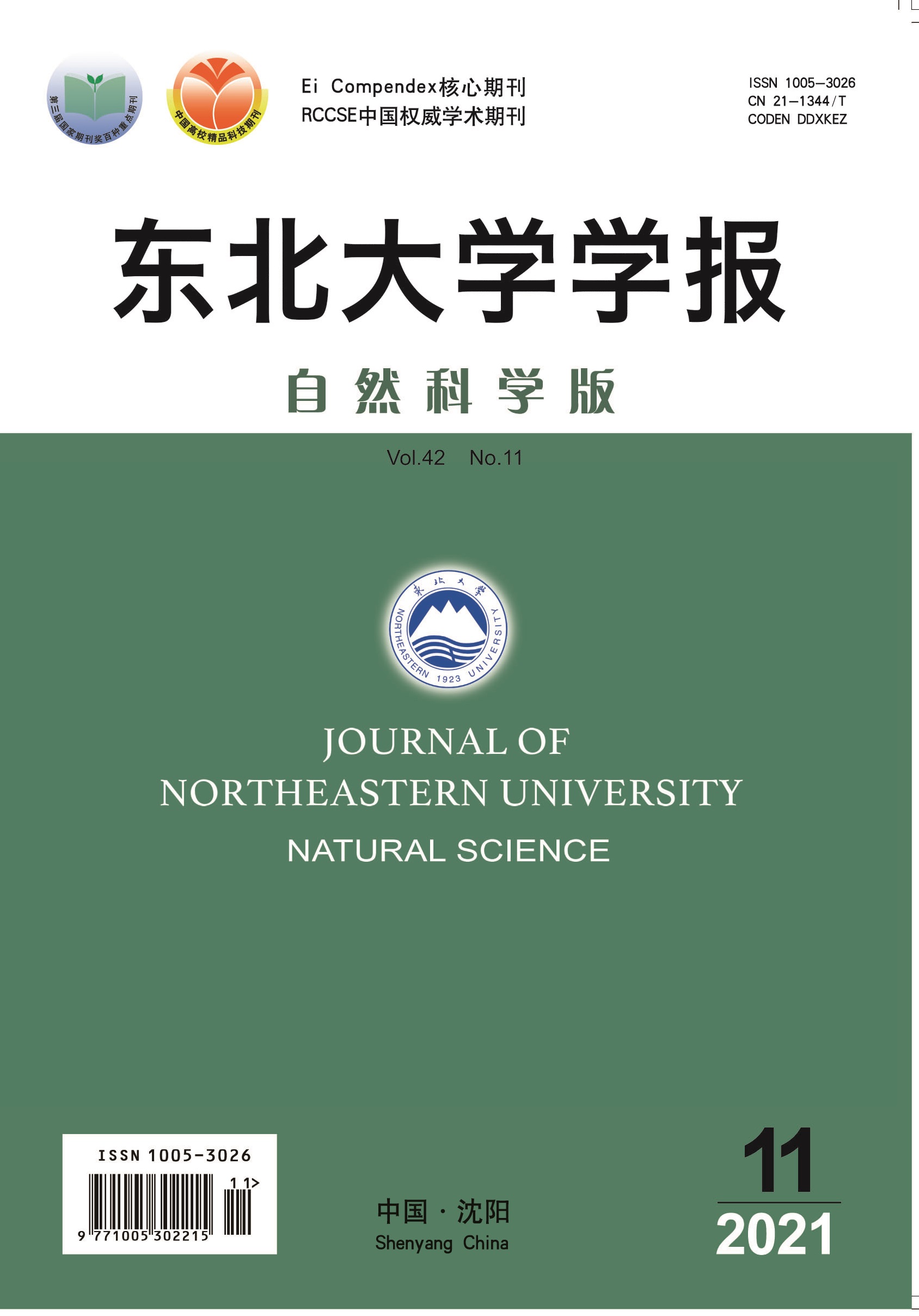|
Experiment and Simulation of Dust Explosion Propagation in Tapered Pipelines
LI Gang, ZHANG Xiao-yu, HUANG Ting-chuan, ZHANG Yang-yang
2021, 42 (11):
1634-1640.
DOI: 10.12068/j.issn.1005-3026.2021.11.016
In order to investigate the propagation of dust explosion in the tapered pipelines, DN200-long straight pipeline and DN200~DN100 tapered pipeline were built based on 1m3 dust explosion chamber testing system. Using corn starch as the testing sample, the flame propagation speed, the peak overpressure in the pipeline and the flame propagation distance were studied by experiment and FLACS numerical simulation. It was found that the flame propagation velocity in the pipeline generally shows an increasing trend, especially after the diameter changing point of the pipe. The reduction of the pipe diameter accelerates the flame propagation. The peak overpressure in the pipeline shows a downward trend, and its attenuation amplitude increases significantly after reducing the diameter. The reduction of the pipe diameter makes the overpressure attenuation rate increased,the mathematical model of the overpressure change in the explosion cavity caused by the variable diameter pipeline is established by data fitting,the flame propagation distance becomes longer as the dust concentration in the chamber increases, and the flame propagation distance becomes longer as the pipe diameter is reduced largely.The research provides reference and guidance for the determination of the safety distance of the dust removal system and the design of fire and explosion prevention measures.
References |
Related Articles |
Metrics
|

